Wheat acreage expands on record prices
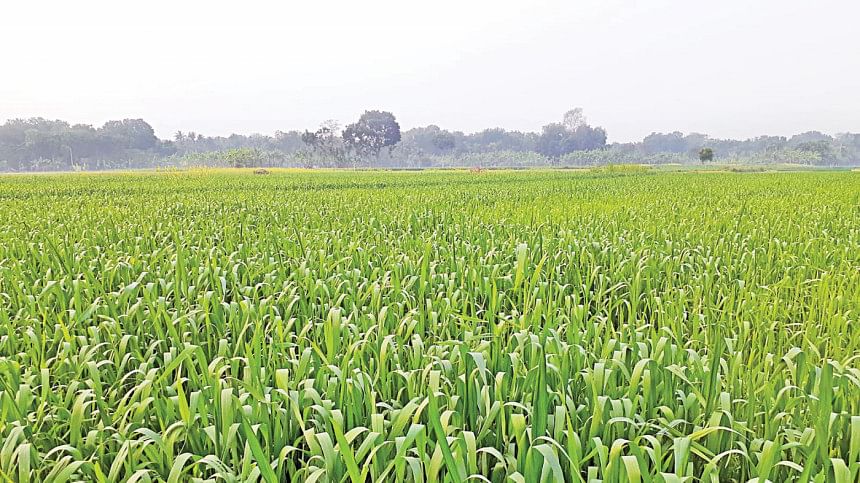
Farmers, buoyed by soaring prices of flour in the domestic market because of the decline in imports, have brought more areas under wheat cultivation this season in a welcoming development.
Growers planted the grain on 3.19 lakh hectares of land in the current financial year of 2022-23, up nearly 2 per cent from 3.14 lakh hectares the previous year, data from the Department of Agricultural Extension showed.
This is the first reversal in acreages in three years since the cultivation of the second-most consumed grain recovered as farmers see profit prospects.
"The prices of wheat flour are high and I hope the buoyancy will continue during the upcoming harvest," said Mohammad Yusuf, a farmer in the central district of Faridpur. He has sown wheat on more than one acre of land this season.
The farmer did not expand wheat acreage but some of his neighbours have grown the crop in an increased area, encouraged by record high prices.
Because of the spiralling prices in the global market for the war in Ukraine and the dip in imports, wheat flour price has been increasing steadily since April 2022 in Dhaka as the nation meets more than 80 per cent of its annual requirement of around 75 lakh tonnes through imports.
In April, residents in Dhaka could buy one kilogramme of flour of the grain at Tk 35.26.
The price rally continued and stood at Tk 62.26, in December, the highest on record, as supply remained below requirements, according to data compiled by the Food and Agriculture Organisation.
Bangladesh's private and public sectors imported 14.9 lakh tonnes of wheat so far in 2022-23. The amount was just a little over a third of the grain sourced from the international markets a year earlier, according to food ministry data.
Eusuf said he sold each maund, or 40 kgs, of his produced grain at Tk 1,400 after the last year's harvest. The price was higher than the previous year.
Badal Chandra Biswas, director-general of the Department of Agricultural Extension, said: "There is demand for wheat this year. So, farmers have grown the crop in more areas."
The crop condition looks good and the weather has been favourable for a good yield, he added.
Wheat cultivation is growing in Rajshahi, Faridpur and Panchagarh districts.
The higher cultivation might emerge as a boon for Bangladesh in a year when the world is expected to witness a food crisis.
"Many farmers had shown the interest to grow wheat this year, but we could not supply enough seeds against requirements," said Golam Faruq, director-general of the Bangladesh Wheat and Maize Research Institute (BWMRI) located in Dinajpur. About 50,000 tonnes of wheat seeds are required.
The demand for wheat is increasing in Bangladesh and there is the prospect for the cultivation of the cereal. In order to encourage farming, the institute is working to develop heat, salinity, disease and other stress-tolerant varieties.
Faruq said varieties such as Bari wheat-30, Bari wheat-32, Bari wheat-33 and four varieties developed by the BWMRI are tolerant of various stresses, including wheat blast disease.
"We are working to address biotic and abiotic stresses in wheat. We are also trying to expand wheat cultivation in non-traditional areas," Faruq said.
Abiotic stress includes temperature, ultraviolet radiation, salinity, floods, drought, heavy and metals, which result in the loss of crop plants. Biotic stress refers to damage caused by insects, herbivores, nematodes, fungi, bacteria, or weeds.
The BWMRI is going to open a salinity screening nursery in Kalapara in the southern coastal district of Patuakhali to develop location-specific varieties.

 For all latest news, follow The Daily Star's Google News channel.
For all latest news, follow The Daily Star's Google News channel. 

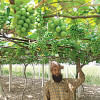
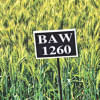
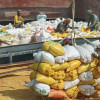
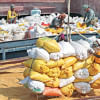


Comments